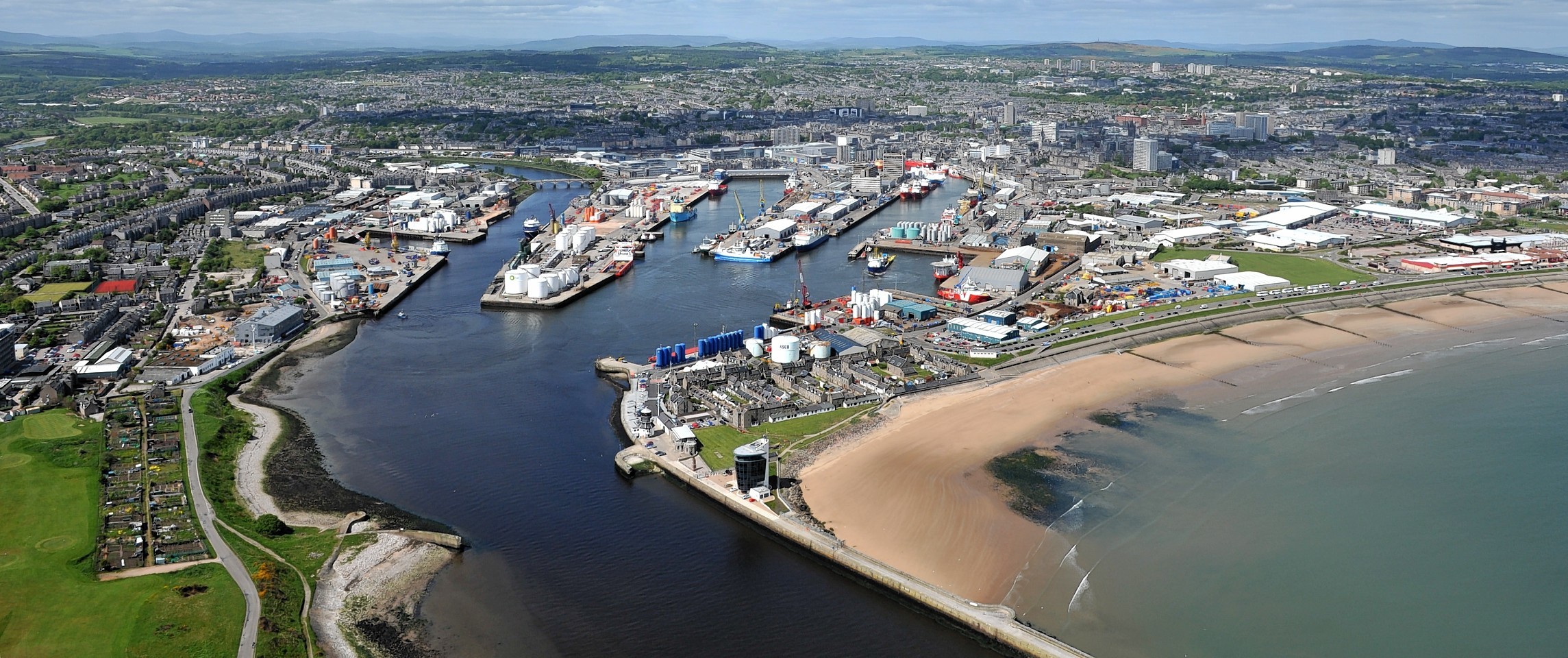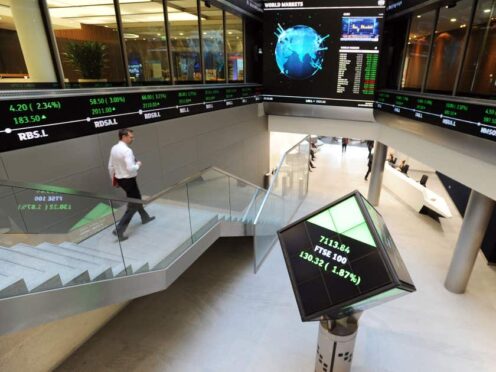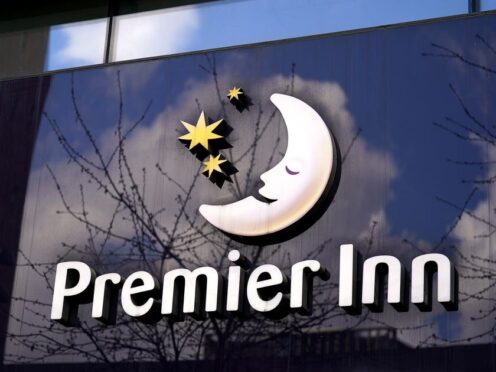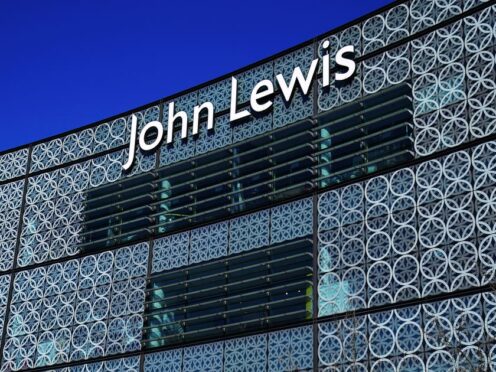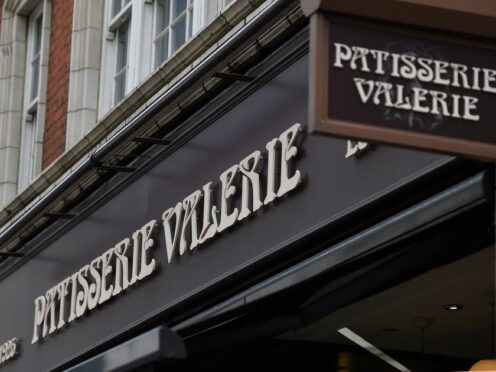Aberdeen is no longer the property investors’ paradise of a few years ago as the “see-saw” of the local market swings low but it can bounce back to health, a leading expert said yesterday.
Scottish Property Federation (SPF) director David Melhuish added the Granite City’s current woes and more buoyant activity in Edinburgh and Glasgow were a reversal of what was going on in Scottish commercial property markets before oil prices collapsed.
Mr Melhuish said it was inevitable that investors who previously saw Europe’s energy capital as their best bet for UK investment outside London, would be more cautious about Aberdeen in the current climate.
He added: “That’s the price of fame. People associate Aberdeen so much with the strength of the oil and gas industry.
“The fact there is now a drop-off in activity there is clearly going to be playing on the minds of investors.”
Property development in the Granite City is so closely linked to the cyclical nature of the oil and gas industry that a perpetual “sea-saw” effect means peaks and troughs are the norm, he said.
And Aberdeen’s loss is to some extent the central belt’s gain as the overall Scottish market sees a “tilt” towards Edinburgh and Glasgow after their year’s in the shadow of Scotland’s third city, he said.
Mr Melhuish also predicted the new office space created in and around Aberdeen in recent years will lead to an exodus of tenants from traditional, older properties, such as those in the city’s west end.
SPF figures show commercial property sales throughout Scotland last year were worth a total of £3.5billion, an increase of 4% on 2014.
There was a 25.57% increase in value in the final quarter alone, compared with the previous three months, with Glasgow the biggest winner, SPF said.
Mr Melhuish said the brighter picture for the Scottish market highlighted by these figures was dimmed to some degree by the fact the sector was rebounding from such a low base.
“There was not really much happening for such a long period before this,” he added.
Despite Aberdeen’s problems, SPF said the city’s commercial property market enjoyed a quarter-on-quarter rise in sales – an increase worth more than £10million – to £60.5million in the final three months of 2015.
But it added: “There is little (further) sign of recovery from the huge drop in sales experienced in Q3, no doubt as a result of the continued downturn in the energy industry.”
SPF said the number of high value transactions – those worth more than £5million – across Scotland in the final quarter of 2015 was similar to a year earlier.
Edinburgh recorded the highest number of £5million-plus deals in the latest period, with 12. Glasgow had nine and Aberdeen just three.
